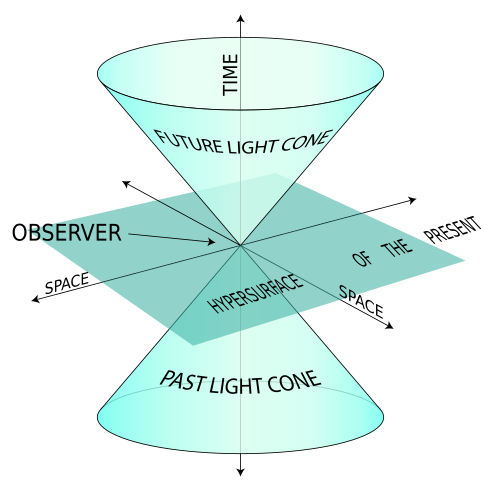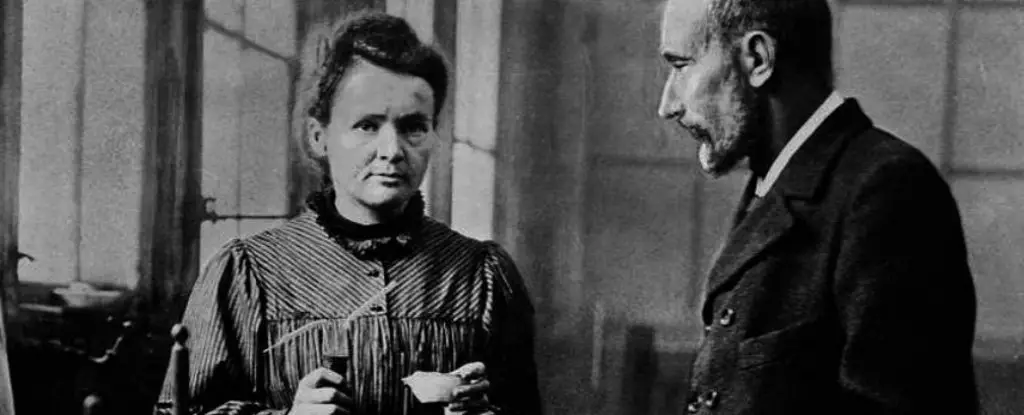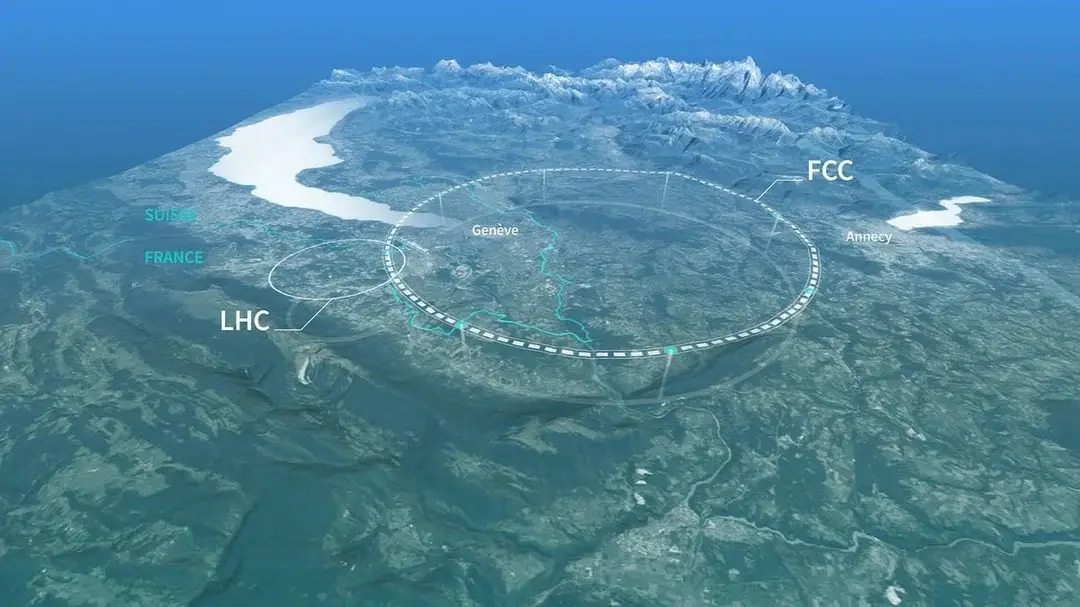Key takeaways:
- Tachyons, hypothetical particles faster than light, haven’t been proven to exist, but their potential fascinates scientists.
- In our universe, nothing travels faster than light because objects with mass can’t gain enough energy to reach that speed.
- If tachyons exist, their faster-than-light speed could allow them to send messages backward in time, potentially enabling time travel.
- We currently have no way to make particles move faster than light or to travel back in time, making the tachyon’s existence highly speculative.
- Understanding tachyons could revolutionize how we perceive time, but for now, both faster-than-light travel and time travel remain unsolved mysteries.
_____________
The hypothetical tachyon particle could potentially send messages backward in time if it exists.

The idea of particles traveling faster than the speed of light has fascinated scientists for over a century, and at the heart of this concept is the hypothetical particle known as the tachyon. First introduced by physicist Gerald Feinberg in 1967, the tachyon has gained a mythical reputation in the scientific community, primarily because no one has proven it exists. Yet, its tantalizing connection to the possibility of time travel keeps it relevant in physics discussions.
Albert Einstein’s theory of relativity, developed in 1905, set the stage for our modern understanding of the speed of light as a universal limit. Light, which has no mass, can travel at an incredible 299,792,458 meters per second, or about 186,282 miles per second. Objects with mass, however, cannot reach this speed because, as they accelerate, they gain mass, requiring more energy. No known object with mass has enough energy to surpass the speed of light, meaning everything in the universe we understand operates within the “time parameters” of light’s speed.
Tachyons: Faster Than Light?
Tachyons are theorized to break these rules by traveling faster than light from the moment they come into existence. Unlike particles that move slower than light, tachyons would never be able to slow down. This strange property opens the door to some mind-boggling possibilities, particularly in the realm of time travel. According to current understanding, if something can move faster than light, it could send information back in time. In practical terms, this means you could send a message to the past, receiving it before you even think of sending it.
While this might sound like the stuff of science fiction, the logic behind it isn’t entirely baseless. Since light is the fastest thing in our known universe, traveling beyond its speed would allow an object to surpass time as we know it. The tachyon would theoretically move so quickly that it could reverse the order of cause and effect, meaning a future event could impact the past.

A Time Travel Puzzle
However, this remains highly theoretical. The challenges aren’t just about finding a way to move faster than the speed of light—our current understanding of physics simply doesn’t allow for anything to travel in any direction other than the future. Time, as we know it, only moves forward, and the universe doesn’t seem to offer a way to turn back the clock. As intriguing as tachyons are, the reality is that we have no evidence of their existence, nor do we have the technology to detect them.
Nevertheless, the idea of tachyons continues to captivate scientists and the public alike. If we could somehow solve both the faster-than-light travel issue and the problem of one-way time, we might unlock the secrets of time travel. For now, however, the tachyon remains a theoretical entity, its promise of backward time travel still confined to the realm of speculation.
Could this mysterious particle hold the key to rewriting the very nature of time? Scientists may not have the answers yet, but with advancements in quantum mechanics and space exploration, the tachyon remains an intriguing subject for future discovery.




